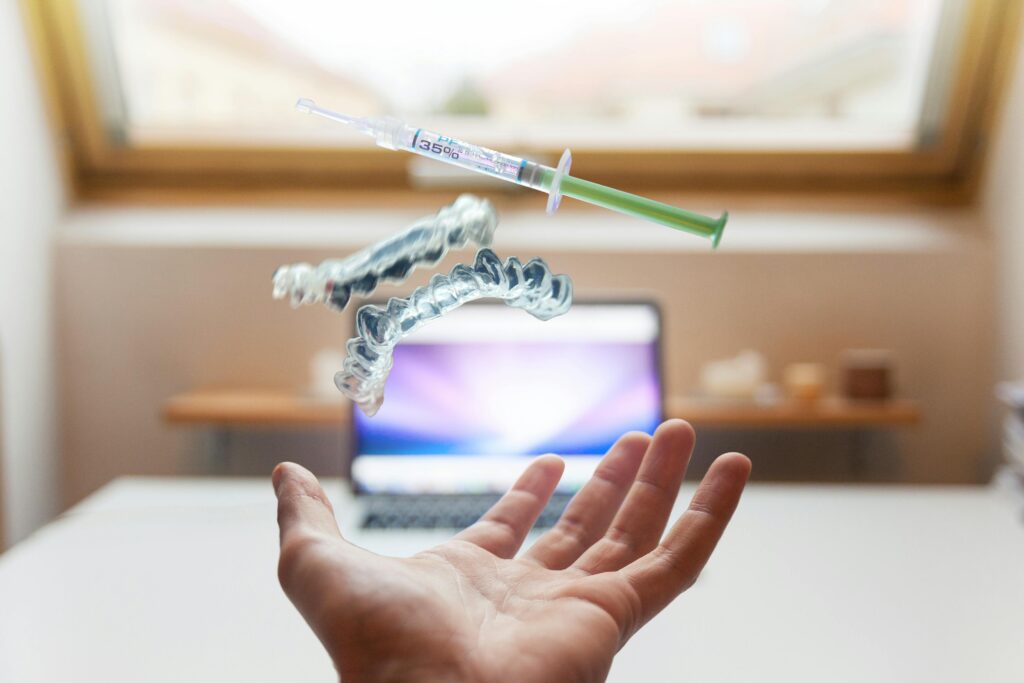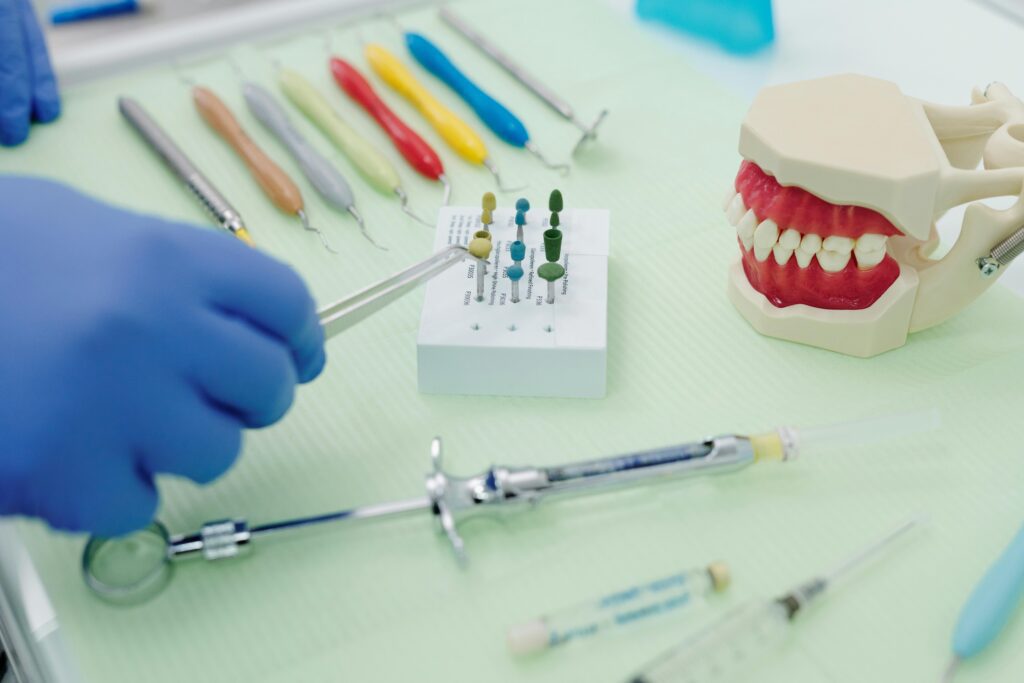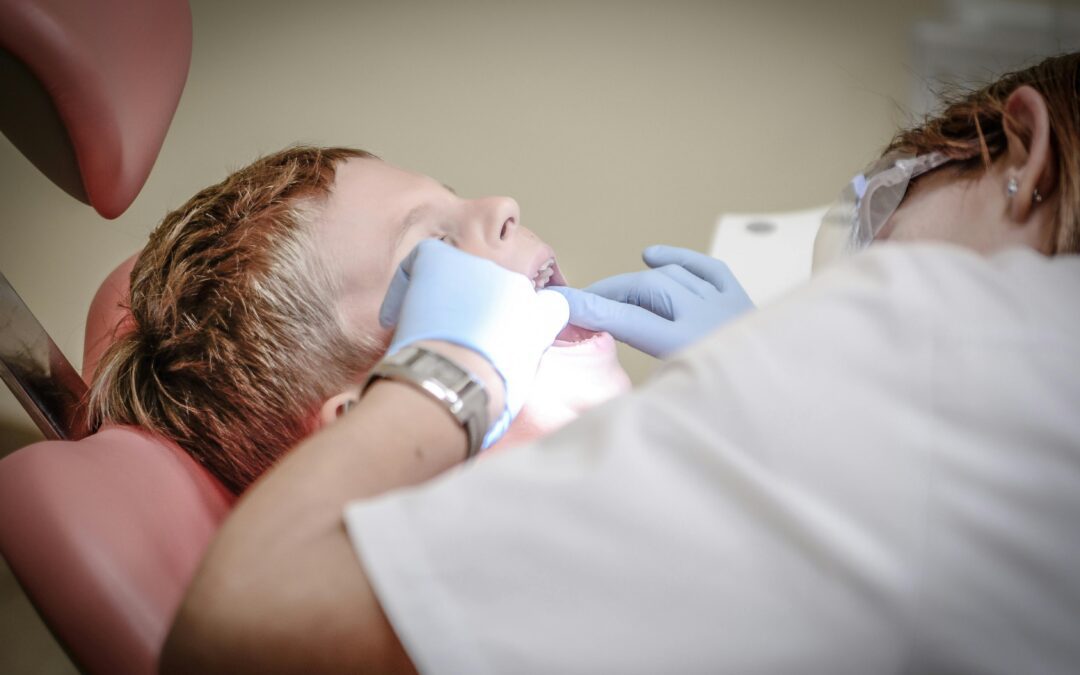All About Bone Grafts for Dental Implants
Maybe you’ve heard about dental implants and how they can transform your smile, or maybe you haven’t and you’ve come here to learn more (good call). Either way, you may be interested to know that sometimes, before you can get implants, you might need a bone graft; yep, it’s all about building a strong foundation. Pacific Dental & Implant Solutions is here to explore why bone grafts for dental implants are essential and what you can expect from the process.
What Exactly is a Bone Graft Anyway?
First off, what exactly is a bone graft? Well, it’s a procedure where new bone material is added to your jawbone. Yes, this probably sounds pretty intense, but it’s actually a very common and straightforward process. The goal is to create a solid base for your dental implants–because, without sufficient bone density, the implant might not have the support it needs to stay in place.

Why You Might Need a Bone Graft…
There are a few common reasons you might need a bone graft before getting dental implants. Here are the most common ones that may apply:
- Bone Loss: This can occur due to periodontal disease, tooth loss, or trauma.
- Jawbone Atrophy: After losing a tooth, the jawbone can start to deteriorate.
- Implant Stability: Ensuring the implant has a solid foundation increases its longevity and functionality.
Types of Bone Grafts
There are several types of bone grafts, each suited for different situations, familiarize yourself with the different types so may have a better understanding of what you need:
Autografts
Autografts (not to be confused with a celebrity’s signature…autograph) use bone from another part of your body, often the chin or hip. Autografts are great because they use your own bone, which integrates well and reduces the risk of rejection.
Allografts
Allografts use bone from a donor. This bone is processed and sterilized to ensure safety. It’s a common choice because it eliminates the need for a second surgical site.
Xenografts
These grafts use bone from an animal, usually a cow. The bone is processed to make it compatible with the human body. Xenografts are an excellent option for those who prefer not to use human bone.
Alloplasts
Alloplasts use synthetic materials to mimic bone. These materials are biocompatible and gradually integrate with your natural bone. They’re a great option for those looking for a non-biological alternative.
The Bone Grafting Process
Wondering what the process for bone grafts for dental implants is like? Let’s meander through it step-by-step.
- Initial Consultation
Somewhat obviously, first you’ll have a consultation with your dentist or oral surgeon. They’ll assess your oral health, take X-rays or 3D scans, and determine the best type of graft for your situation. This is your chance to ask questions and understand what to expect.
- The Procedure
On the day of the procedure, you’ll be given local anesthesia to numb the area. If you’re feeling anxious, sedation options are available to help you relax. The dentist will make a small incision in your gum to access the bone. The graft material is then placed and secured. The gum is stitched up, and the healing process begins.
- Healing and Integration
Healing can take several months as the graft material integrates with your natural bone. During this time, it’s essential to follow your dentist’s aftercare instructions. This might include avoiding certain foods, taking prescribed medications, and maintaining good oral hygiene.
- Preparing for Dental Implants
Once your bone graft has healed, you’re ready for dental implants. The implant process involves placing a titanium post into the newly grafted bone. This post acts as the root for your new tooth. After the implant integrates with the bone, a custom crown is placed on top, completing your new smile.

Ready to Build a Strong Foundation with Bone Grafts in Oahu?
If you’re considering dental implants but worried about bone loss, don’t be. Bone grafts for dental implants provide the foundation needed. At Pacific Dental & Implant Solutions, we’re here to guide you through every step of the process.

